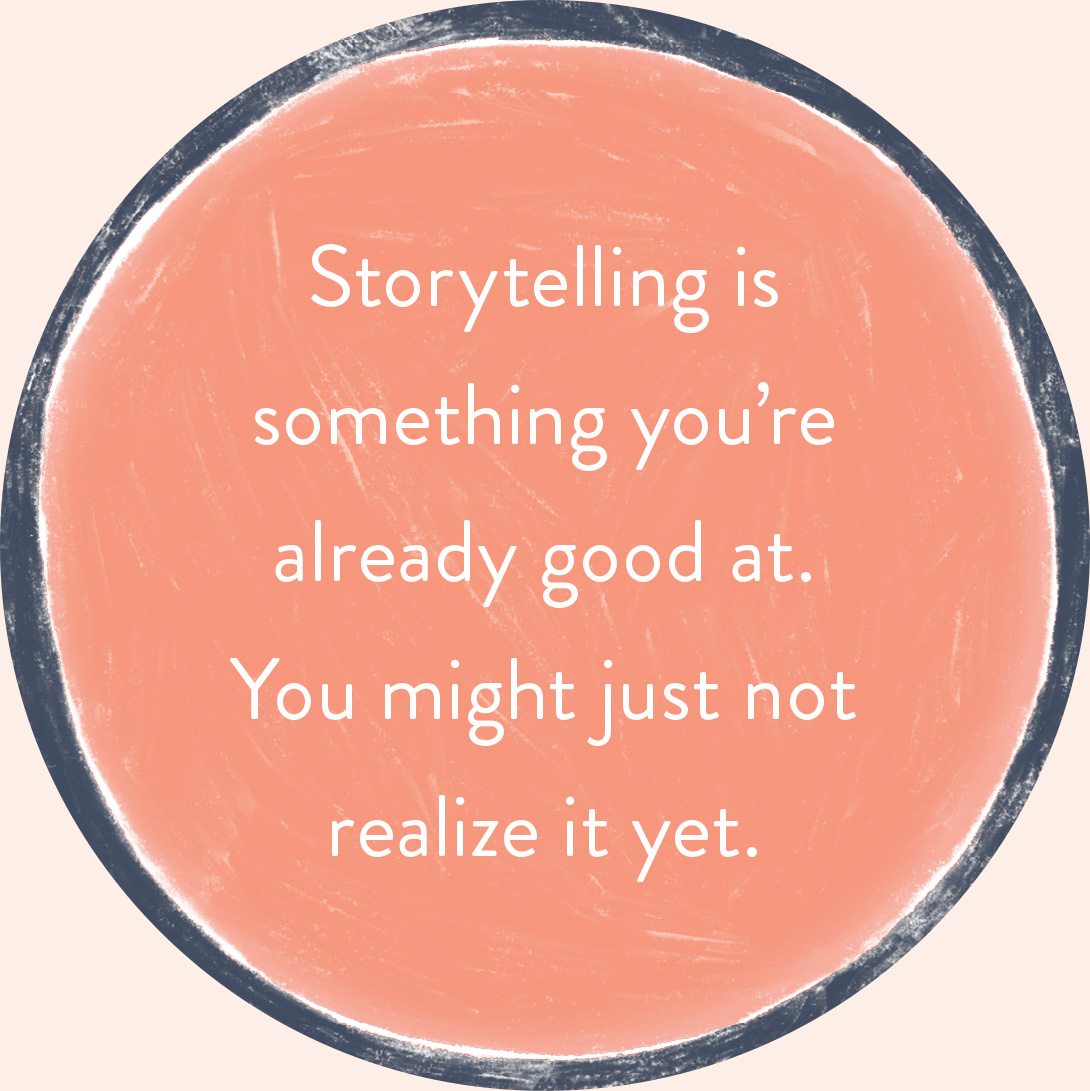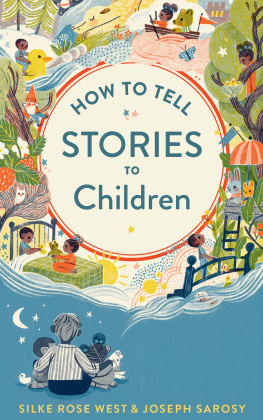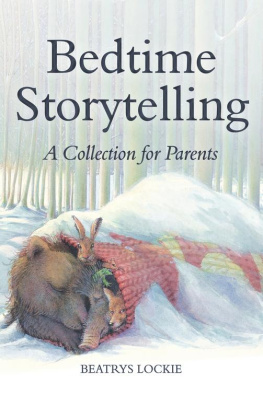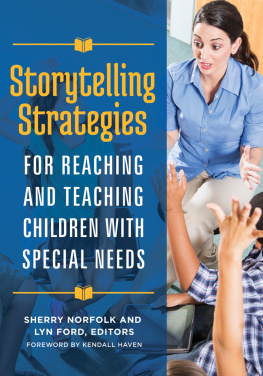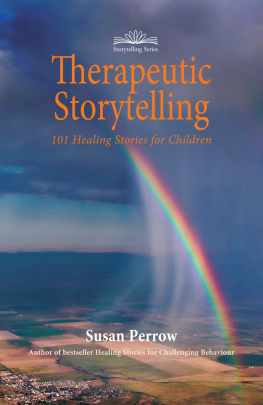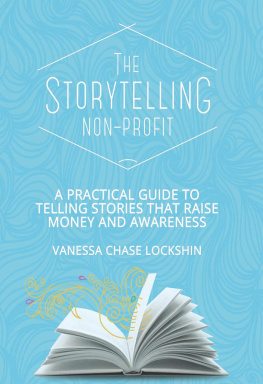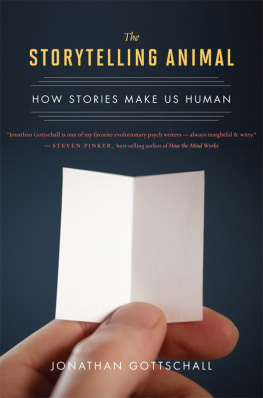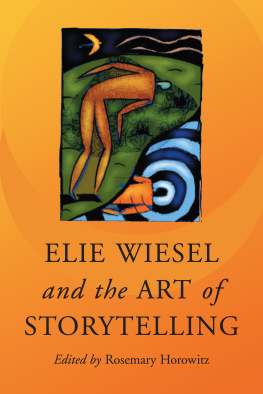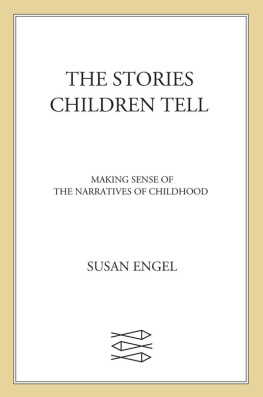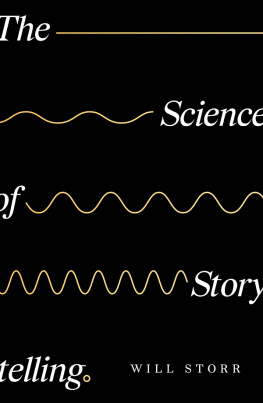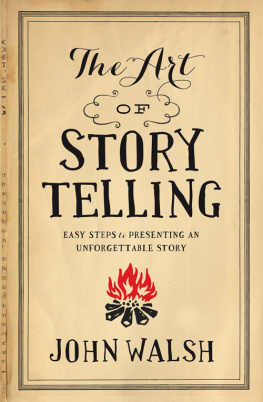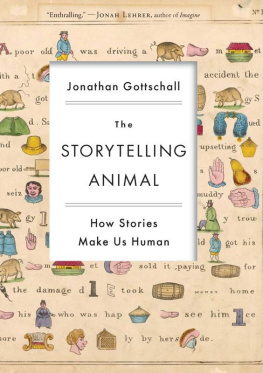We want you to share our passion for storytelling with your friends, family, and children. Feel free to lend this book and to use quotes. Please do not copy entire sections verbatim, or we will send trolls to collect.
Copyright 2019, 2021 by Joseph Sarosy and Silke Rose West
Illustrations 2021 by Rebecca Green
All rights reserved
For information about permission to reproduce selections from this book, write to or to Permissions, Houghton Mifflin Harcourt Publishing Company, 3 Park Avenue, 19th Floor, New York, New York 10016.
hmhbooks.com
Library of Congress Cataloging-in-Publication Data
Names: West, Silke Rose, author. | Sarosy, Joseph, author. | Green, Rebecca, 1986 illustrator.
Title: How to tell stories to children / Silke Rose West & Joseph Sarosy ; illustrations by Rebecca Green.
Description: Boston : Houghton Mifflin Harcourt, 2021. | Includes bibliographical references and index.
Identifiers: LCCN 2020044741 (print) | LCCN 2020044742 (ebook) | ISBN 9780358449270 (hardback) | ISBN 9780358494874 | ISBN 9780358536000 |ISBN 9780358449409 (ebook)
Subjects: LCSH: Storytelling.
Classification: LCC LB1042 .W48 2021 (print) | LCC LB1042 (ebook) | DDC 372.67/7044dc23
LC record available at https://lccn.loc.gov/2020044741
LC ebook record available at https://lccn.loc.gov/2020044742
v1.0521
To the Earth Children
Unreal beliefs in unseen forces... are much more likely to motivate action than are modestly real beliefs.
Brian Boyd, On the Origin of Stories
Introduction
Children call out the storyteller in us. It starts even before your little one is born, as you begin to talk to this mysterious being you long to see and touch. Slowly, we introduce our infant to the world, bathing her in a gentle wash of words, setting down the roots of language. Your voice helps to orient your baby and lets her know that she is safe: These are a childs first stories. Soon, your toddler is exploring every nook of the house, and your introductions, tiny stories in themselves, make everything old and plain sparkle with new light.
We come to see that when a child says, Tell me a story, he is not asking for a narrative. He is asking for your attention. This is no mild request. A childs trust is a precious gift, and if we recognize the meaning underlying his wordshe wants to connect... with me!our hearts usually burst wide open. We see it as an opportunity. The stories that flow from these moments are sometimes so simple, yet so intimate and profound that the memories last a lifetime.
But sometimes were just frazzled. Weve had a busy day at work, an exhausting conversation with our husband or wife, an energy bar and coffee for lunch, and the idea of telling a story doesnt feel like fun. It feels like work, yet another demand on your limited supply of energy and creativity.
Its easy to get worn out and intimidated when it comes to telling stories. Not only are we sometimes tired, were surrounded by giants of the industry like Disney, Marvel, and J. K. Rowling. How can we compete? Should we? Maybe its easier to just leave it to the experts.
Such a line of thinking might make sense if storytelling was simply about the story, but as research shows (and you will surely discover for yourself), storytelling has much more to do with the relationship between speaker and listener, meaning you and your child. When approached from this perspective, telling stories becomes easier, more fun, and subtly expressive of the love and intimacy you share with your child.
Can you think back to a time when your mother or father told you a story, or maybe a loving grandparent or teacher? If youre like most people, you will recall those moments with evident fondness. Its likely that you remember some of the story, like the main characters, but its even more likely that you remember the feeling of that moment. You felt cared for. You felt like you had and deserved this loving adults attention.
Thats what this book is all aboutnot telling blockbuster hits that spin off into movie deals. Its about telling stories, simple stories, that feed the relationship with your child and will be remembered for the rest of your lives. To do that, were going to share a little bit of the science of storytelling along with a simple method that has worked for us for over thirty years. Its worked far longer than that (maybe 60,000 years), but weve just put it into easy-to-understand words. Practice exercises and sample stories help bring it to life, and by the end of this book were confident that youll feel more confident. Why? Because storytelling is something youre already good at. You might just not realize it yet.

Anyone who has told stories to children will recognize a simple fact: At the end of the story, you dont just walk away with a good storythe two of you feel closer. Doctors call this attachment, and its all the rage in parenting circles. But attachment is a curious and sometimes fickle subject. Psychology Today reports that 40 percent of U.S. children lack a healthy attachment with their parents and are therefore likely to struggle forming healthy relationships as adults.
The main principle of attachment theory is that a healthy bond with one or more parental figures in a childs early years helps a child form healthy relationships later in life. Since relationships are vital to social creatures like us, this leads to all sorts of desirable outcomes, like academic and career success, mental health, and positive self-esteem.
On the other hand, children who lack healthy attachment in childhood tend to form poor relationships as adults and therefore struggle with school, career, and a variety of behavior disorders ranging from anxiety to anger to avoidance.
However, its important not to equate attachment with love. Its perfectly normal, and even quite common, for parents to love their children, yet not create a healthy sense of attachment. Our modern lives have much to do with that. Screen time and busy schedules are increasingly common themes for both parents and kids. We understand. Were busy too. Thats why we want to help parents connect face to face with their children.
Storytelling is an ancient and proven way to do that, and modern science has given us some interesting insights into why its so effective. But what stands out is thisits free. Its perfectly natural, and it works with every familys religious, social, and cultural values. No one even really needs to tell you how to do it, just as no one needs to tell you how to walk. You just do it. Thats how deeply rooted storytelling is in the human species.
Anthropologists have been studying storytelling for decades, and what theyve discovered is that the best storytellers are often in prominent social positions. If we look at the modern world, we see much the same. Modern stories are big business, often told through movies, books, music, and video games. The actors and writers who create them are some of our biggest heroes and celebrities.
But storytelling still has a unique place within the family. Not only does it build attachment; it becomes like a Swiss Army knife for parentsa multi-tool that helps a child learn new skills, build empathy, soothe difficult emotions, and make meaning out of the challenging moments in life. And as youll see, there is a big difference between telling someone elses story and one of your own.
